Joy Gregory subverts beauty standards with her new exhibition at Whitechapel Gallery
Unrealistic beauty standards hide ugly realities in 'Joy Gregory: Catching Flies with Honey '
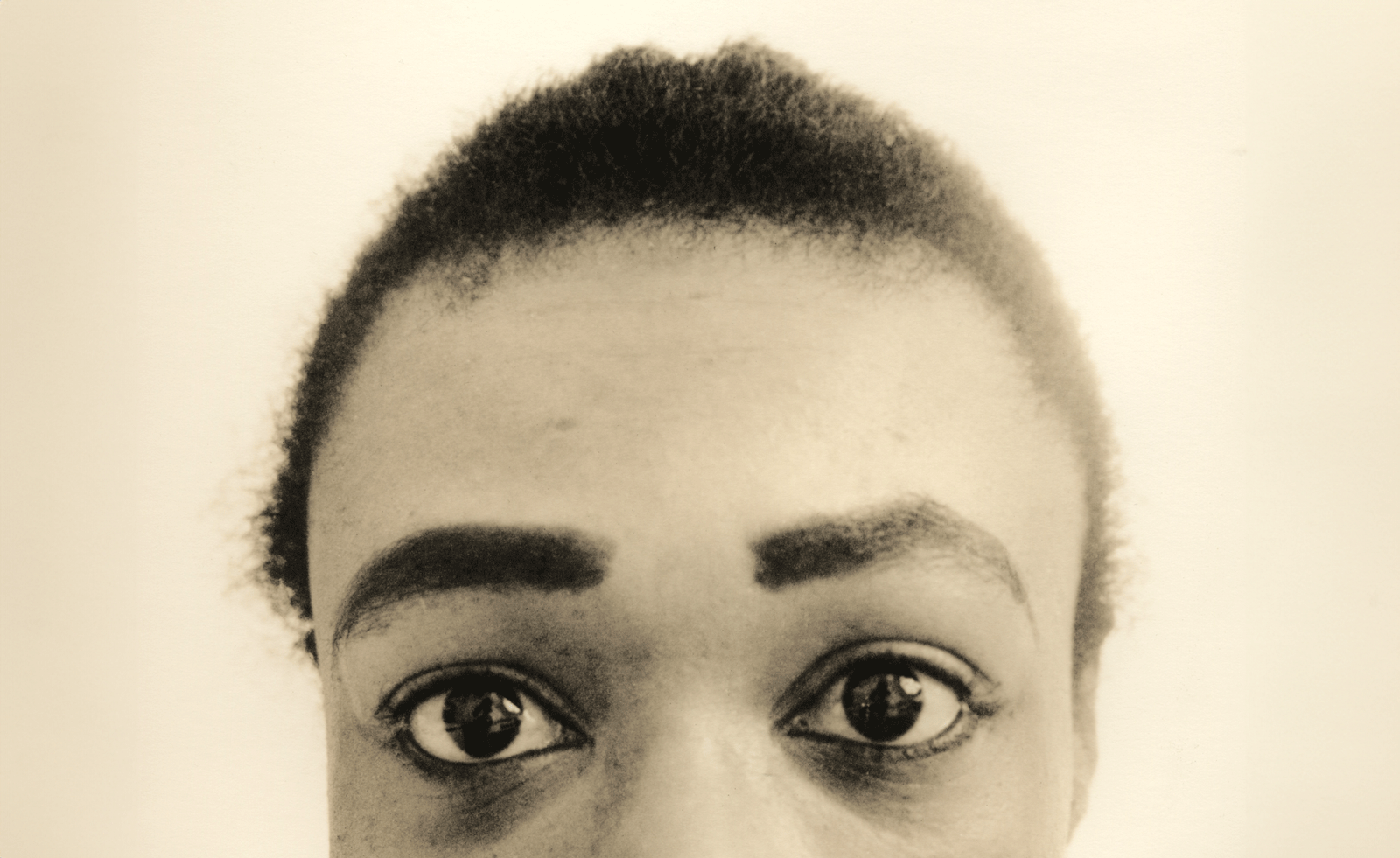
It is apt that Joy Gregory’s first major survey show at the Whitechapel Gallery should take its title from a proverb said by her mother. In every room, her words – ‘you catch more flies with honey than vinegar’ – ring true. Here, these honeyed photographs hold a pertinent political message that sticks. Using nineteenth-century photographic processes to explore issues such as race, gender and colonialism, Gregory’s works pack a punch, rendering them all the sweeter for it.
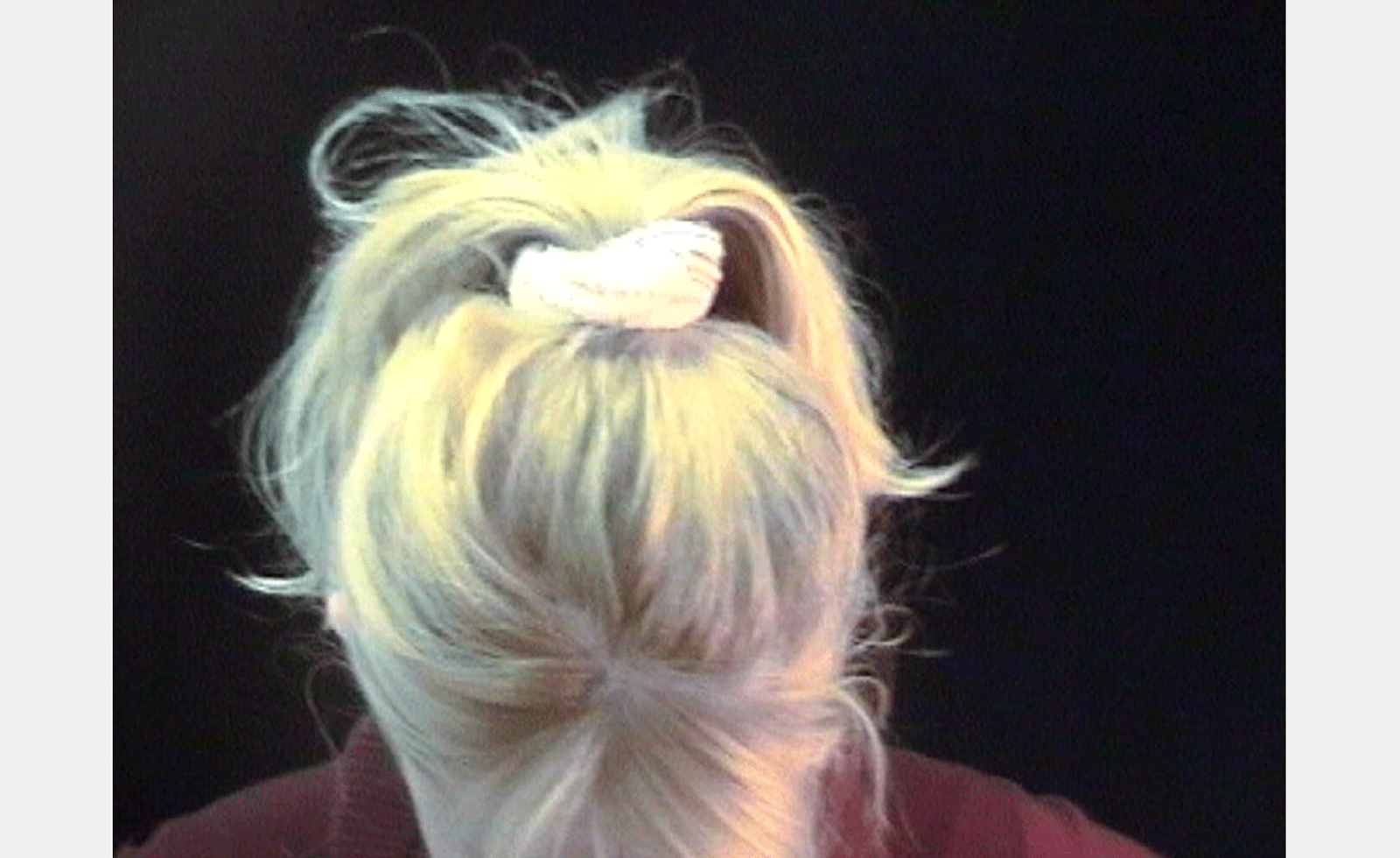
Joy Gregory, Phillippa from the series ‘Fairest’ 1999 – 2010
The subversive power of beauty is evident from the onset of the exhibition and her early series, Autoportrait (1989-90). In a succession of tightly cropped, close-up, silver gelatin prints, a glamorous young Gregory poses and pouts like a cover girl. Captured with Voguish verve and monochromatic chicness, these shots juxtapose the compositional, pictorial and material details of photography with a sharp point about western beauty ideals.
If we are charmed by the reflective gleam of the artist’s metallic drop earrings against the starched fabric of her little black dress, then we are equally disarmed by the unzipped back of said robe, the vulnerable gaze of her kohl-lined eyes or the moment her face is hidden behind her hands. Excluded from many fashion magazines at the time, Black women, Gregory implies, should be seen as the beautiful individuals they are by being placed front and centre(fold). Yet in a world where Black models grace the covers of fashion journals less than their white counterparts, the unease and vulnerability visible in these images still resonate today.
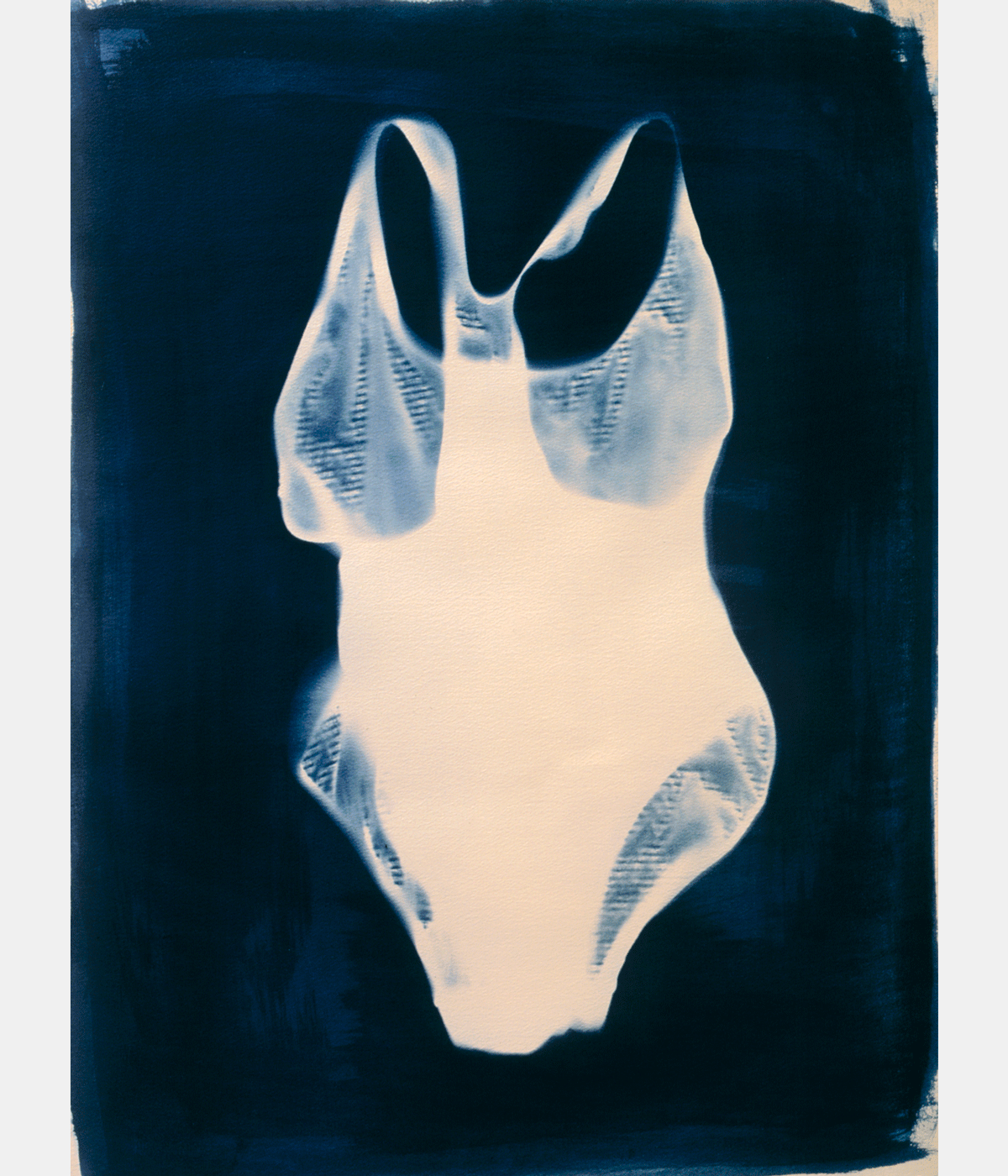
Joy Gregory, Candy Stripe Bathing Costume from series ‘Girl Thing’, 2002 – 2004
Interrogating unrealistic beauty standards through beautiful photography also comes to the fore in two renowned series, Objects of Beauty (1992-94) and Girl Thing (2002-4). If, in the former, the construction of femininity is deconstructed through kallitype prints of hairclips, combs and false eyelashes magnified to monstrous proportions, then the latter’s photograms approach the same issue but with a lighter touch. The hard material objects of Girl Thing go soft, dissolving into ghostly forms against a cyan background. Though no less beautiful and evocative, the trappings of femininity are here stripped down to their poetic essence. Luminous in a sea of deep blue, these ordinary objects become an extraordinary sight to behold.

Joy Gregory, Eyelashes from the series ‘Objects of Beauty’, 1992 – 1995
Beautiful accessories again hide ugly realities in Gregory’s haunting series, The Handbag Project (1998-97). Made during the Truth and Reconciliation Commission following the end of Apartheid in South Africa, The Handbag Project illuminates the dark truth of how wealthy white women exploited Black female domestic labour. Her pictograms of collected luxury bags once belonging to said affluent white women are a sweet riposte to this oppressive era. Appearing a mere shell of its once coveted form, the handbag – or rather, the white female privilege it epitomised – is reduced to a remnant.

Impressive in its scope, skill and sensual sensibility, Catching Flies with Honey demonstrates that beauty can be a weapon and a joy, a trap and a method, but one thing is certain: we’ll be thinking about Gregory’s beautiful works of art, as well as their profound meanings, for many years to come.
Joy Gregory: Catching Flies with Honey is showing at Whitechapel Gallery until 1st March 2026
Receive our daily digest of inspiration, escapism and design stories from around the world direct to your inbox.
-
 A restored 1950s Rome theatre raises its curtain in collaboration with Poltrona Frau
A restored 1950s Rome theatre raises its curtain in collaboration with Poltrona FrauTeatro della Cometa was given a refresh by architect Fabio Tudisco, with new seating by Poltrona Frau to accommodate contemporary viewing
-
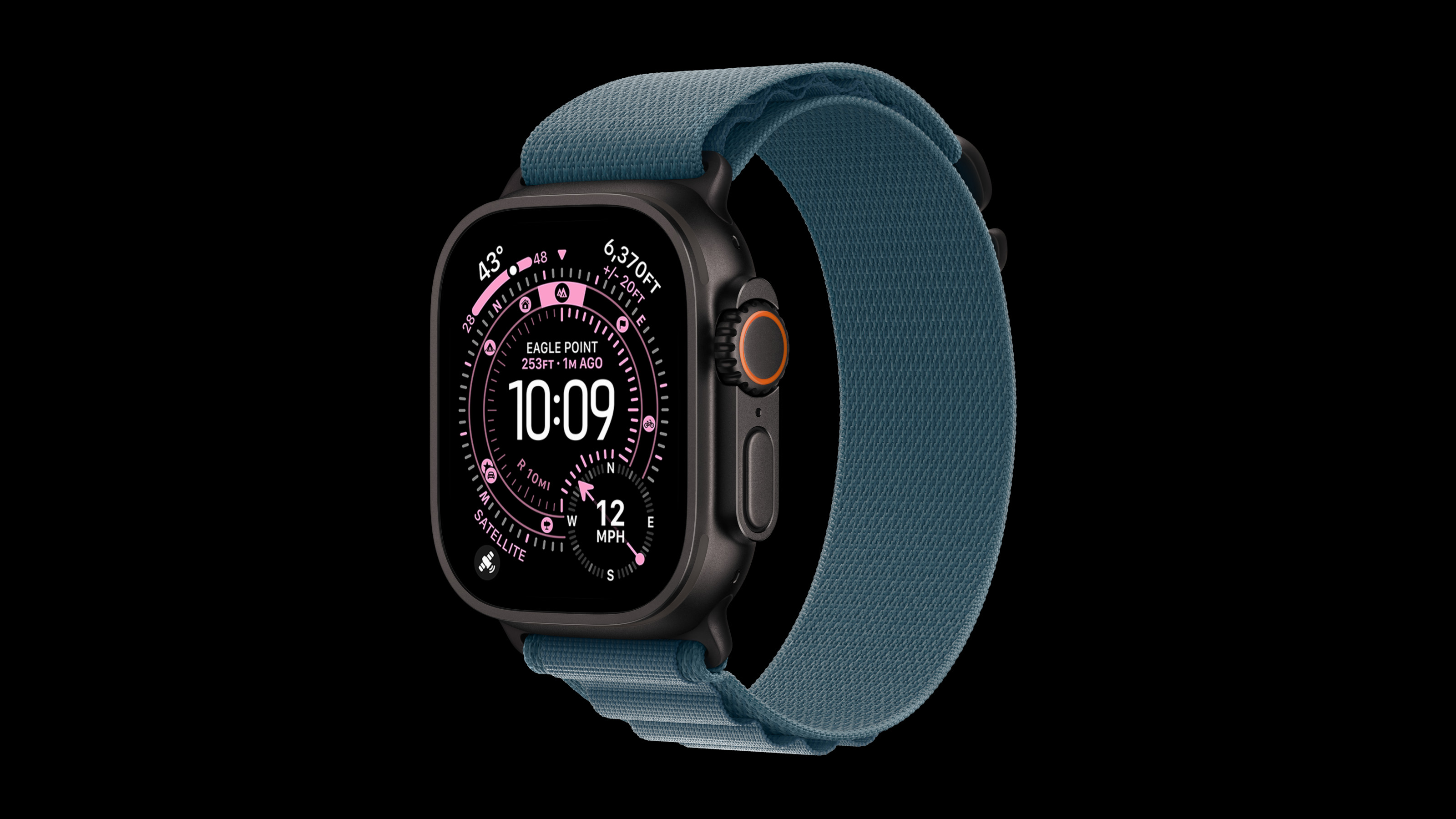 Apple Watch Ultra 3 has innovation at its heart – a 3D-printed titanium case
Apple Watch Ultra 3 has innovation at its heart – a 3D-printed titanium caseWe delve into Apple’s pioneering use of 3D-printed metal, and how it ties in with the company’s path to carbon neutrality
-
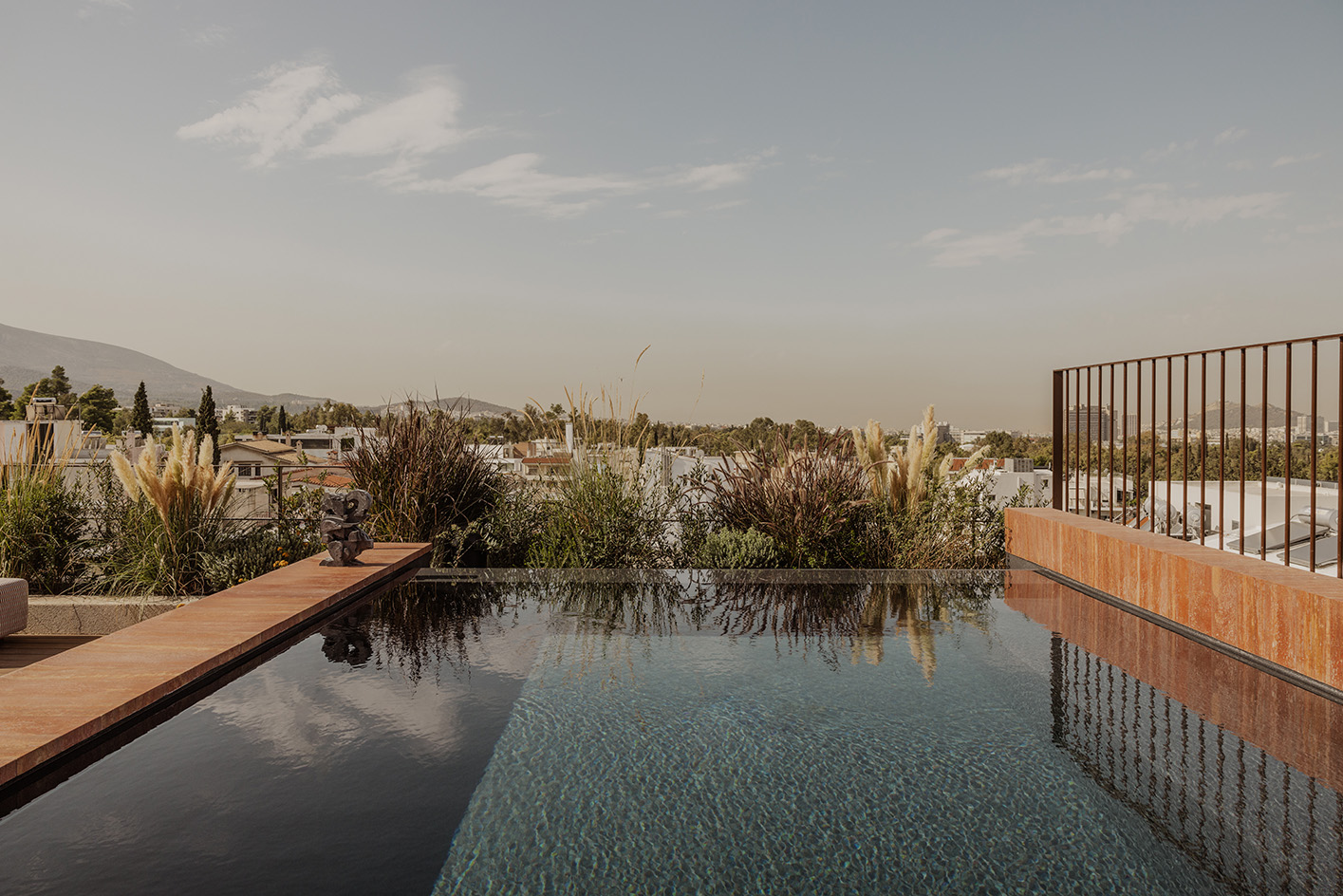 Tour an Athens penthouse – its designers’ own ‘house in the sky’
Tour an Athens penthouse – its designers’ own ‘house in the sky’This penthouse by Block722 is the architecture studio founders' own home and shows off impeccable detailing and dreamy, airy vibes
-
 David Shrigley is quite literally asking for money for old rope (£1 million, to be precise)
David Shrigley is quite literally asking for money for old rope (£1 million, to be precise)The Turner Prize-nominated artist has filled a London gallery with ten tonnes of discarded rope, priced at £1 million, slyly questioning the arbitrariness of artistic value
-
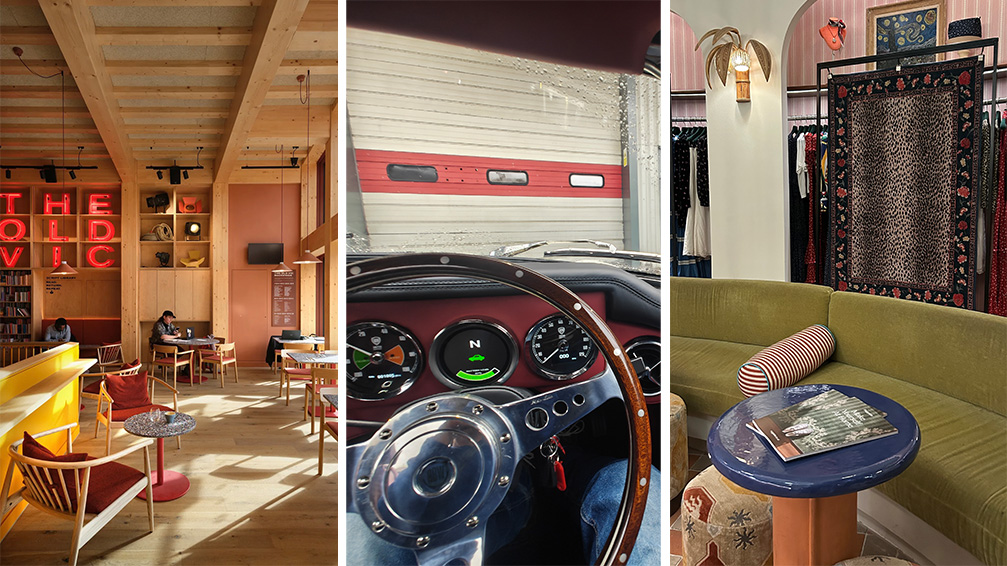 Out of office: The Wallpaper* editors’ picks of the week
Out of office: The Wallpaper* editors’ picks of the weekThe rain is falling, the nights are closing in, and it’s still a bit too early to get excited for Christmas, but this week, the Wallpaper* team brought warmth to the gloom with cosy interiors, good books, and a Hebridean dram
-
 A former leprosarium with a traumatic past makes a haunting backdrop for Jaime Welsh's photographs
A former leprosarium with a traumatic past makes a haunting backdrop for Jaime Welsh's photographsIn 'Convalescent,' an exhibition at Ginny on Frederick in London, Jaime Welsh is drawn to the shores of Lake Geneva and the troubled history of Villa Karma
-
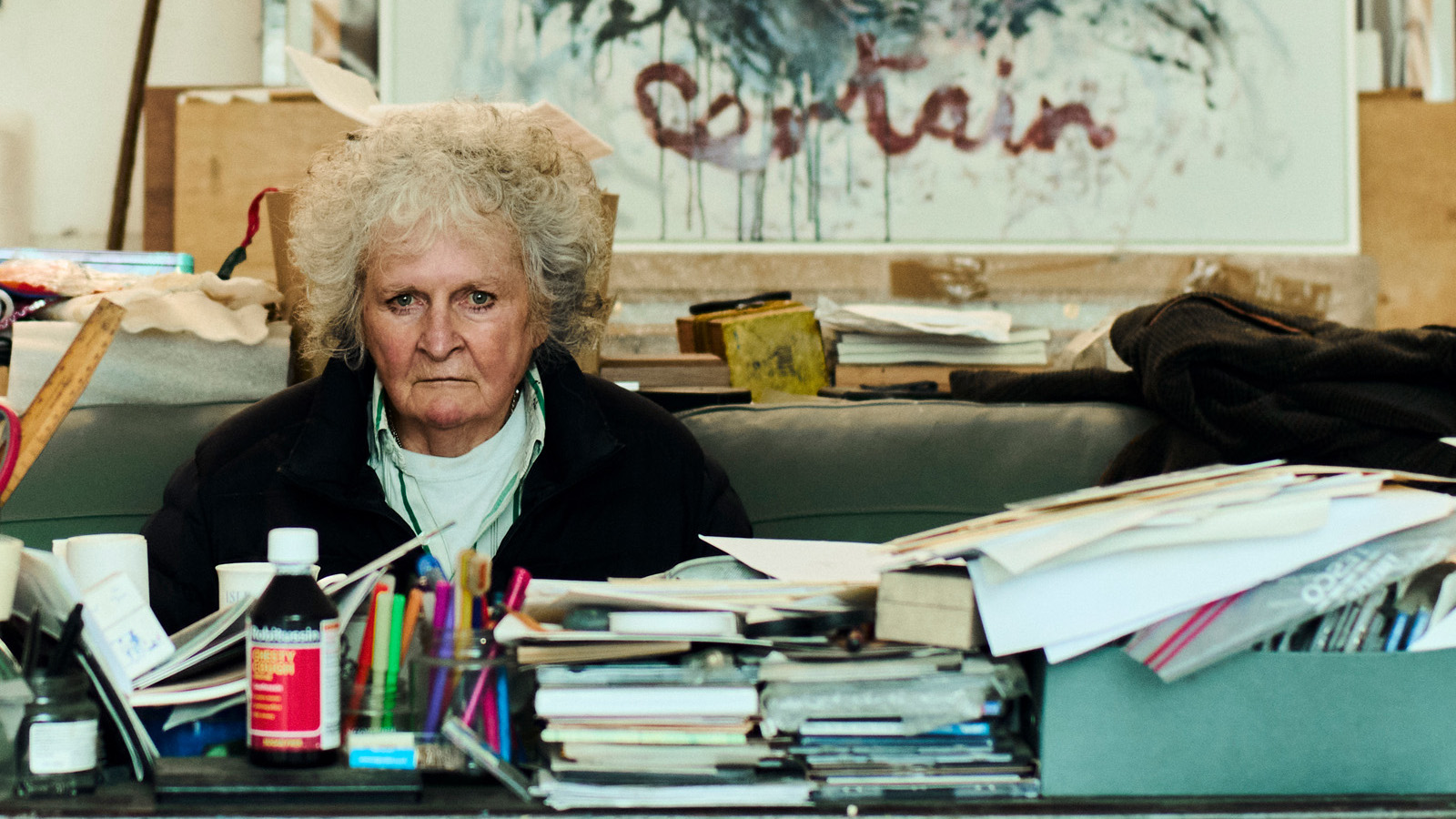 Maggi Hambling at 80: what next?
Maggi Hambling at 80: what next?To mark a significant year, artist Maggi Hambling is unveiling both a joint London exhibition with friend Sarah Lucas and a new Rizzoli monograph. We visit her in the studio
-
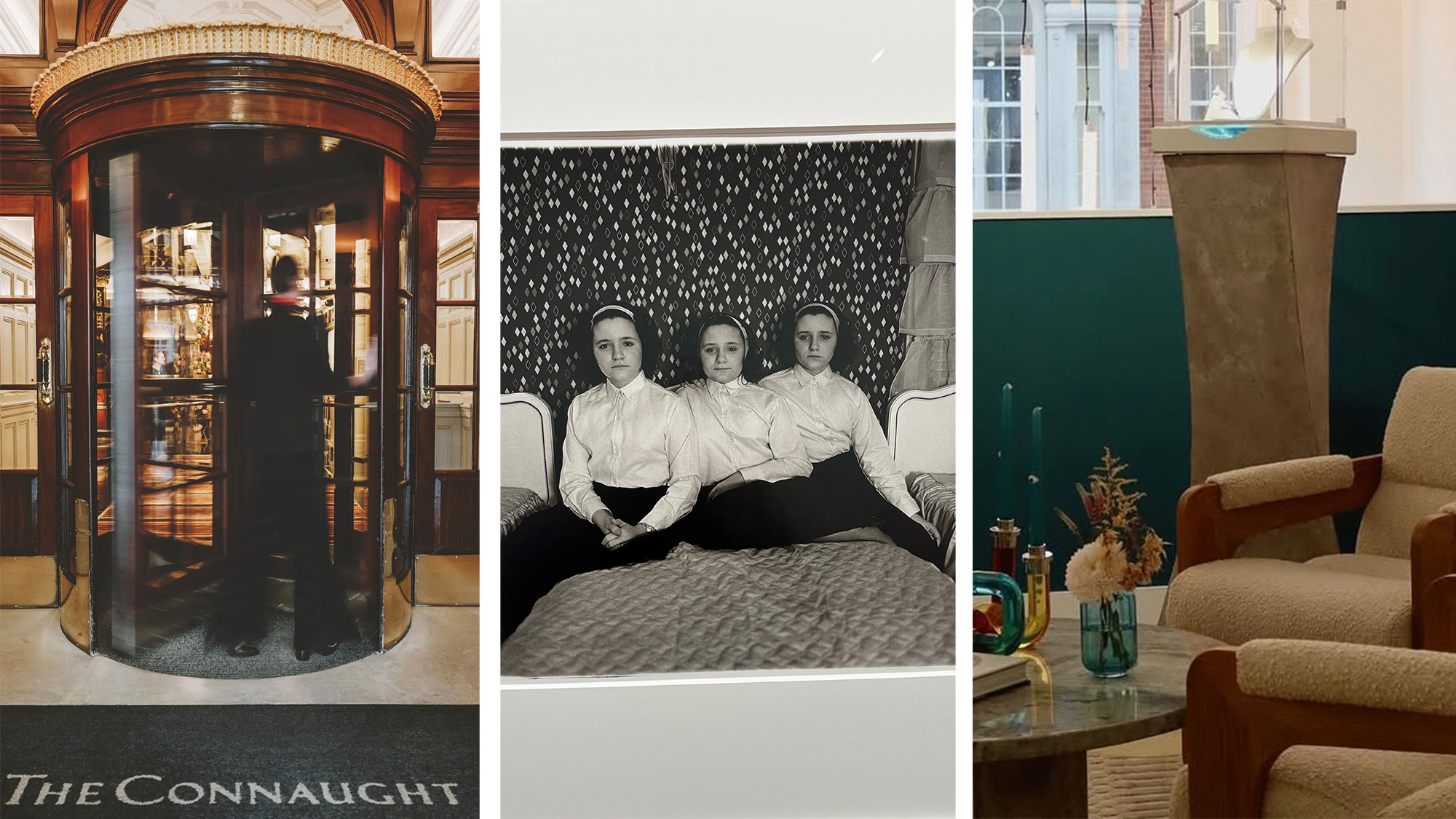 Out of office: The Wallpaper* editors’ picks of the week
Out of office: The Wallpaper* editors’ picks of the weekThis week, the Wallpaper* editors curated a diverse mix of experiences, from meeting diamond entrepreneurs and exploring perfume exhibitions to indulging in the the spectacle of a Middle Eastern Christmas
-
 Artist Shaqúelle Whyte is a master of storytelling at Pippy Houldsworth Gallery
Artist Shaqúelle Whyte is a master of storytelling at Pippy Houldsworth GalleryIn his London exhibition ‘Winter Remembers April’, rising artist Whyte offers a glimpse into his interior world
-
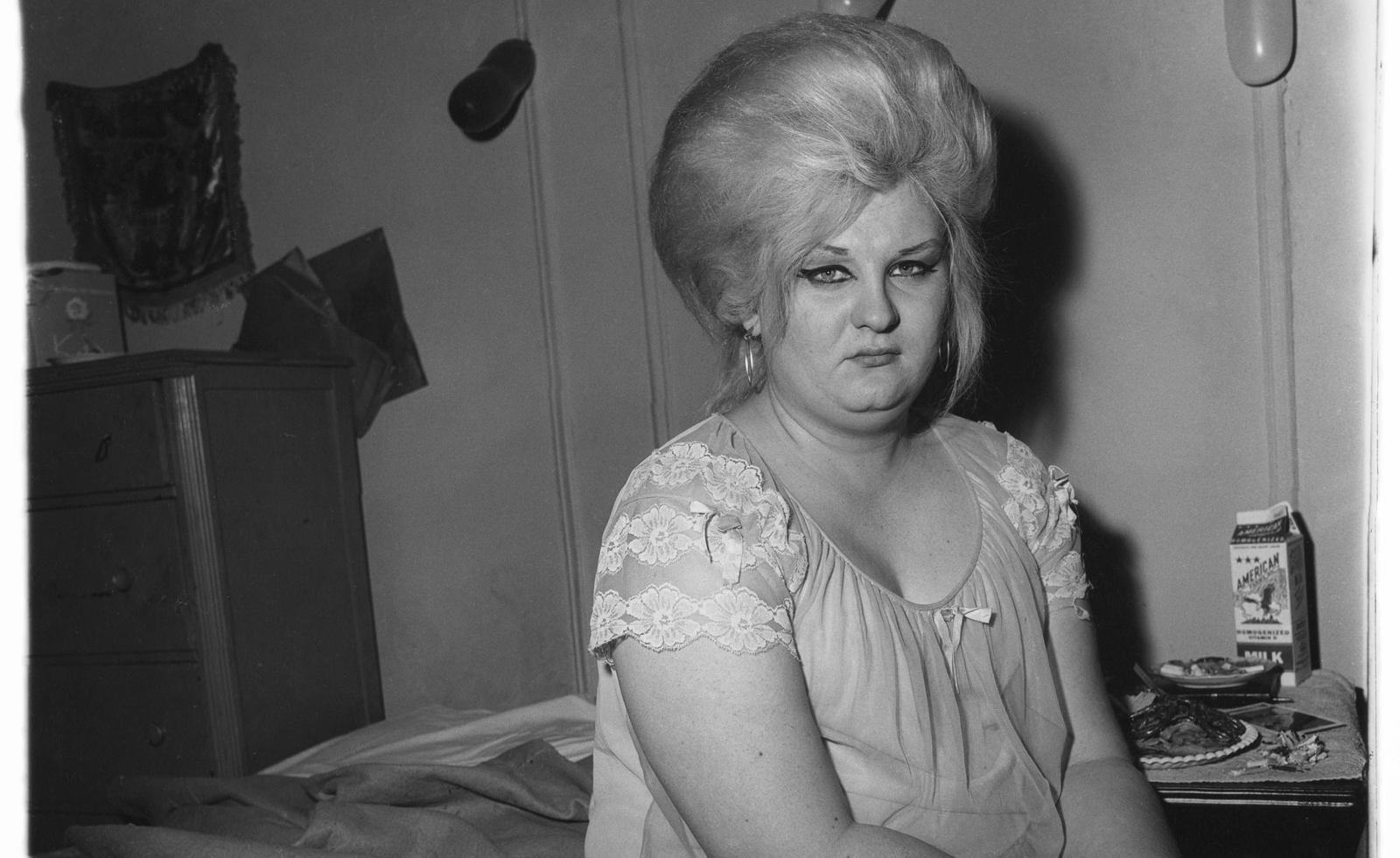 Diane Arbus at David Zwirner is an intimate and poignant tribute to her portraiture
Diane Arbus at David Zwirner is an intimate and poignant tribute to her portraitureIn 'Diane Arbus: Sanctum Sanctorum,' 45 works place Arbus' subjects in their private spaces. Hannah Silver visits the London exhibit.
-
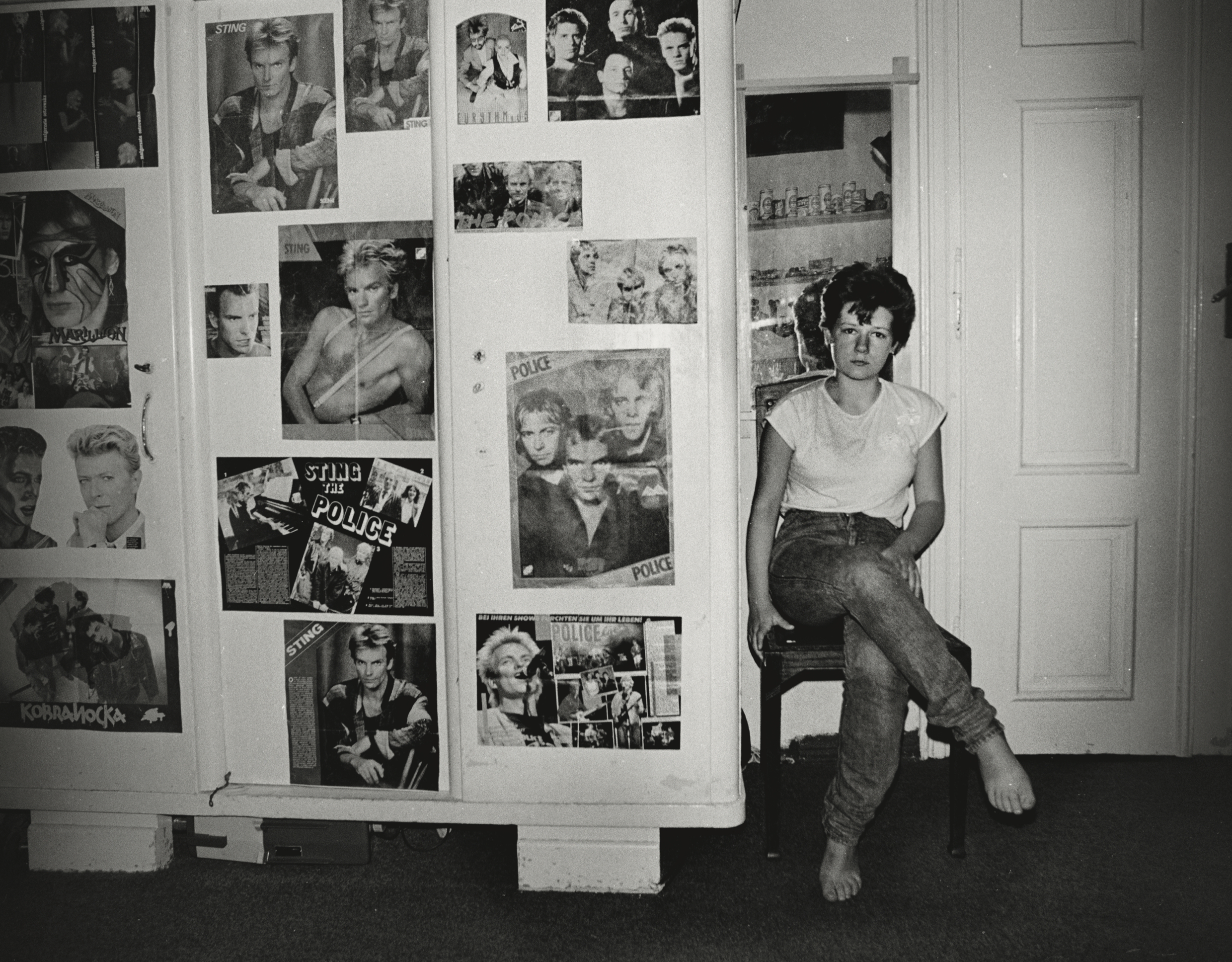 Zofia Rydet's 20-year task of photographing every household in Poland goes on show in London
Zofia Rydet's 20-year task of photographing every household in Poland goes on show in LondonZofia Rydet took 20,000 images over 20 years for the mammoth sociological project